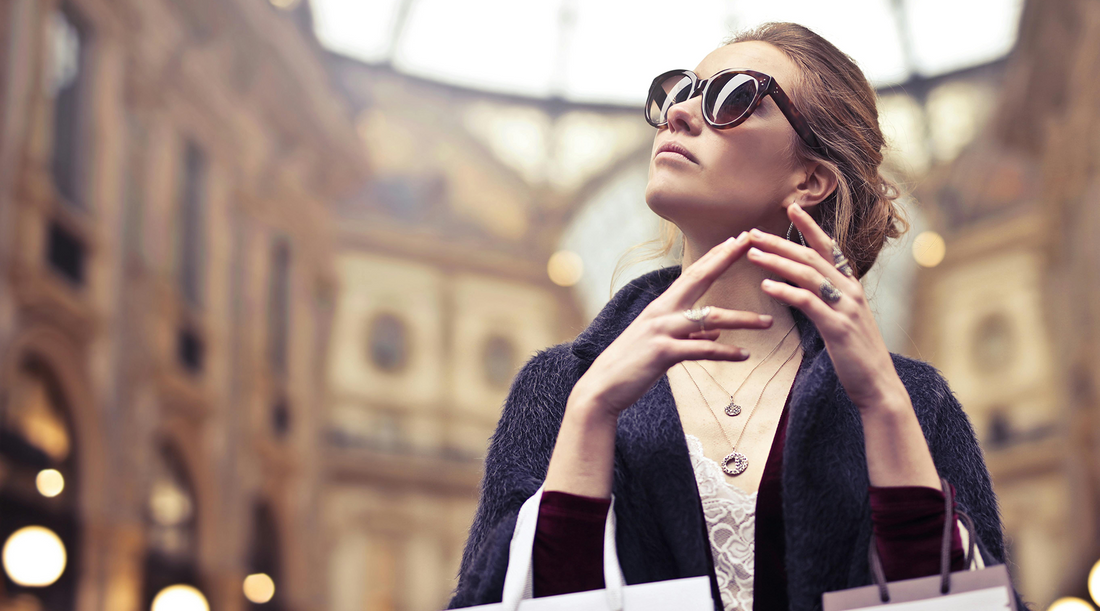
How to Shoot Urban Portraits in a Busy City
Share
Introduction:
Shooting urban portraits in a busy city is an exciting challenge that combines the energy of the streets with the art of portrait photography. The goal is to highlight your subject while embracing the city’s dynamic environment as part of the story. Unlike traditional studio portraits, urban portraiture brings in the unique textures, colors, and movement of the city as a backdrop. However, balancing the subject with the busy surroundings can be tricky, which makes technique and gear choices crucial for success.
Section 1: Techniques for Capturing Urban Portraits
When capturing portraits in an urban setting, mastering techniques like depth of field and subject placement is essential. A shallow depth of field—achieved by using a wide aperture—will blur the distracting elements in the background, keeping the focus on your subject while still providing a sense of place. Subject placement is equally important; positioning the subject against iconic architecture or vibrant street scenes adds depth and interest to your images. Additionally, urban portrait photographers often use framing techniques, incorporating structures like doorways, windows, or street art to naturally guide the viewer's eye to the subject. These elements can turn the chaos of the city into a dynamic, visually compelling part of the portrait.
Section 2: Gear Recommendations
The right gear can make all the difference when shooting urban portraits. For lenses, a prime lens like a 50mm, 85mm, or even a 135mm is ideal for urban environments. These lenses provide beautiful background separation (bokeh) and flattering compression, allowing your subject to stand out from the busy backdrop. Portable lighting equipment is another essential tool. Reflectors and small, portable LED lights are helpful in controlling and shaping the light, especially when dealing with the varied lighting conditions in the city. If natural light is harsh or dim, these tools can make your subject pop without being intrusive. Additionally, consider carrying a sturdy tripod for long exposures, a neutral density filter for bright conditions, and a lens hood to reduce glare.
Section 3: Practical Tips
Timing is everything in urban portrait photography. Early mornings or golden hours (just before sunset) often provide the most flattering natural light and fewer crowds, making it easier to work with your subject and the environment. When working around pedestrians and traffic, patience is key—embrace the moment when the scene clears or use the movement of the city as part of the shot. For example, you can place your subject in focus while blurring passing cars or people to create a sense of motion and energy. Encourage your subject to interact with the environment—leaning against buildings, sitting on steps, or using props like a coffee cup or street art can make the portraits more engaging and authentic.
Conclusion:
Urban portrait photography offers a unique way to blend the human element with the energy of a city. By mastering techniques like depth of field and subject placement, using the right gear, and being adaptable to your surroundings, you can create powerful images that tell a story about both your subject and the environment. The ever-changing, fast-paced nature of the city provides endless opportunities for creativity, allowing photographers to capture portraits that are as dynamic and unique as the cities themselves.